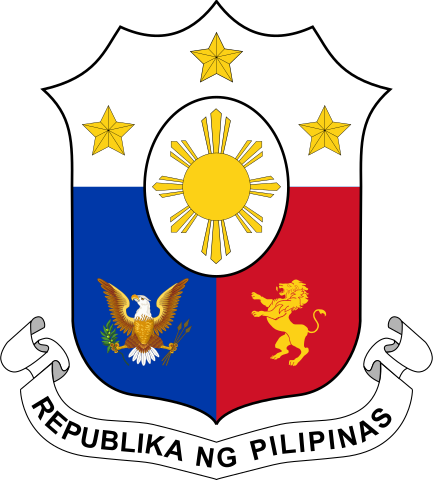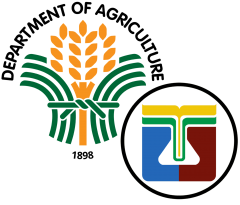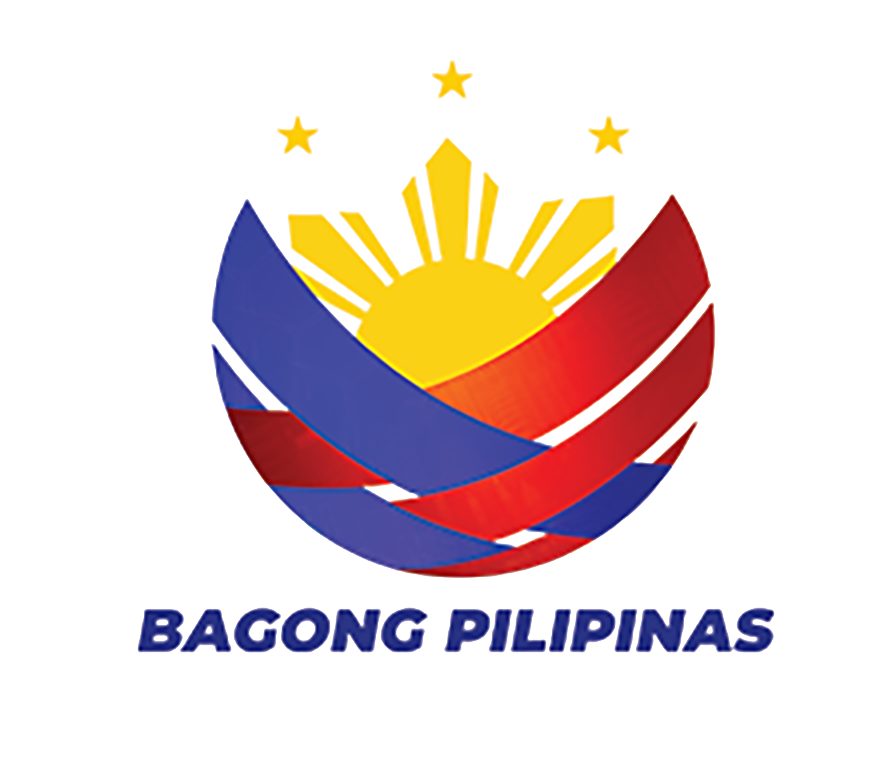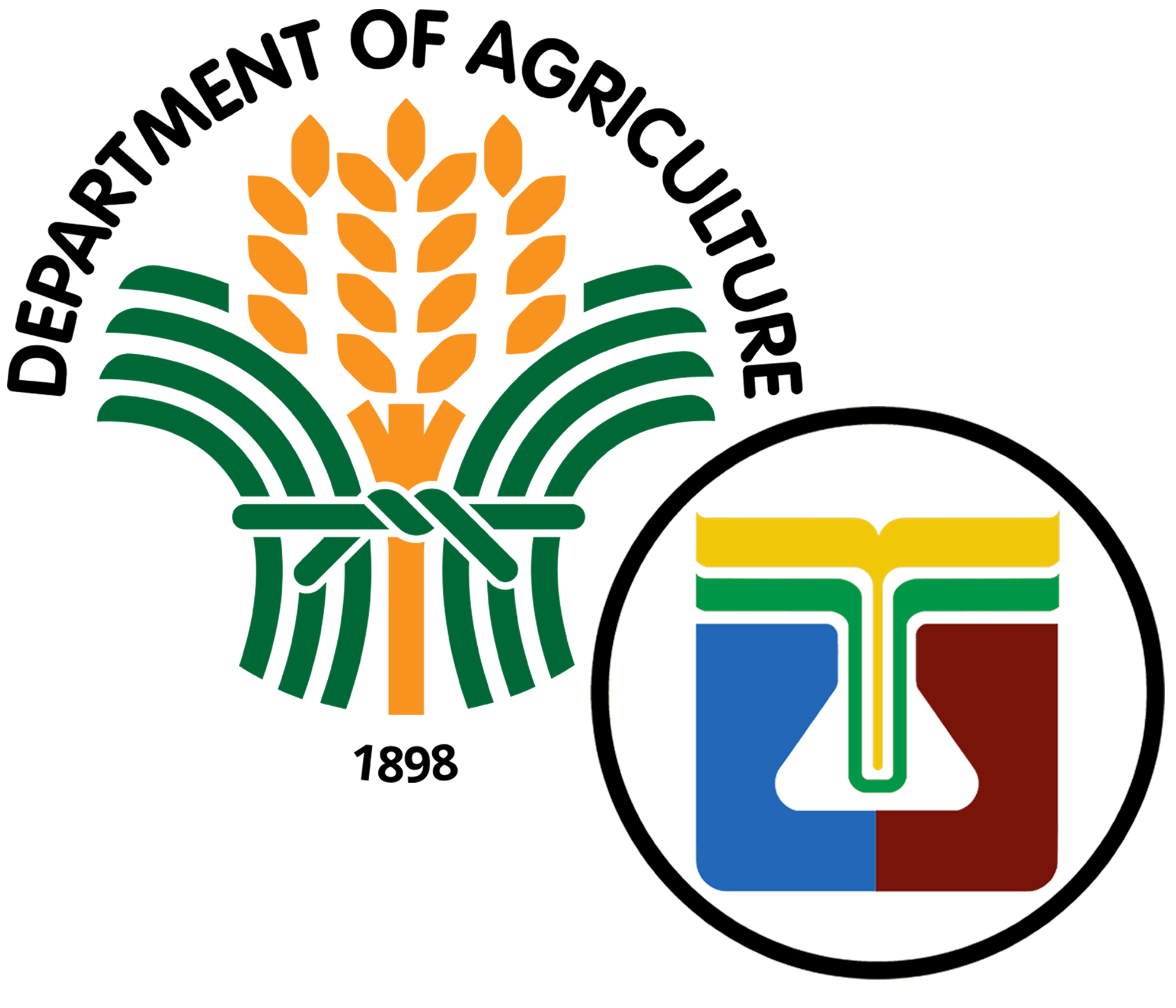Increasing population has forced farmers to use marginal lands including low-fertility and fragile upland and hilly areas. These areas are vulnerable to drought, soil erosion and fertility decline, and other forms of soil and water resources degradation. In some areas, farmers occupy and access even the so-called danger zones (e.g. landslide prone areas) for their livelihoods. Thus, there is a need for a more rational and optimum utilization of upland resources through a more socially acceptable and appropriate soil and water conservation approaches and technologies that will utilize these resources in a more sustainable manner. Given the current situation, there is a need create awareness and advocacies, mobilize local communities, and enhance farmers participation in protecting our natural resource base.
The Bureau of Soils and Water Management (BSWM), through the Soil Conservation and Management Division (SCMD), is implementing the Soil Conservation Guided Farm Project to enhance local government participation and mobilize local communities to manage our upland soil and water resources. It showcases the adoption of appropriate soil and water conservation technologies while providing livelihood opportunities to upland farmers. It encourages, assists, and creates advocacies among upland farmers to undertake soil and water conservation measures (e.g. contour farming, natural vegetative strips, mulching, and organic farming) in the uplands and hilly lands. It involves awareness campaign, capacity building and “learning by doing” approaches to field application. With the BSWM providing technical assistance, the project is currently being implemented in collaboration either with the Local Government Unit (LGU) or Farmers Group. These are success stories of LGU-led and Farmers Cooperative-led Soil Conservation Guided Farm and how they evolved over the years.
A. Brgy. San Roque, City of San Jose del Monte, Bulacan
The BSWM, in collaboration with the LGU of San Jose Del Monte, Bulacan has established 10-hectares Soil Conservation Guided Farm Project in Brgy. San Roque, City of San Jose Del Monte, Bulacan. This project aims to showcase the latest technologies in soil conservation farming. Started in 2007, it likewise serves as a venue for field researchers, planners, the academe, and policy makers, to interact and learn from each other to further enhance the implementation and adoption of different of soil conservation farming techniques. To this date, soil conservation technologies such contour farming, plastic mulching, crop rotation, intercropping, organic farming as demonstrated in the project, are being adopted by other farmers in adjoining communities. The Guided Farm Project also features a variety of crops such as rambutan, lanzones, banana, citrus and pineapple. Vegetables that include eggplant, papaya, green pepper, tomatoes, cabbage and pole sitao are being planted as alley crops. Through the project, the LGU and BSWM have also initiated relevant activities such as the: conduct of Farmer Field School (FFS), establishment of vermi beds, establishment of mini-greenhouse, piggery, poultry, and goat raising in order to capacitate and provide additional livelihoods to farmer recipients. Presently, the project has 17 farmer-cooperators. Just recently, through the initiative of Water Resources and Management Division of BSWM, different water management technologies such as Small Water Impounding Project (SWIP), Solar Power Pump, and Ram Pump were also established. The Soil Conservation Guided Farm Project, after almost 5 years since its establishment, now serves as demonstration area of soil and water technologies. Its regular visitors include students, farmers, researchers and international experts and decision-makers. True enough, the project is a manifestation that strong collaboration between the LGU and national agencies such as the BSWM as they share their expertise and limited resources, could lead to a viable project for our upland farmers.
B. Brgy. San Isidro, Rodriguez, Rizal
This project was initiated through the request of Mt. Balagbag Multi-purpose Cooperative whose advocacy is to contribute in restoring and protecting our forest while providing livelihoods to its farmer- members. At the start, they believed that indeed it will take a long time to harvest the fruit of their toil but the Soil Conservation Guided Farm Plan which was developed for their area by the BSWM has made them realized that there are sustainable soil conservation practices that could be adopted in specific slopes and topography in which they could cultivate cash crops. They also used the same Soil Conservation Farm Plan in securing support and assistance from Department of Environment and Natural Resources (DENR) to pursue their community-based reforestation program in Mt. Balagbag. The site is located in the highlands of Mt. Balagbag watershed in the province of Rizal. It has an initial area of 72 hectares. Based on the Farm Plan, the recommended soil conservation practices which are being followed and undertaken by farmer-members are the planting of mahogany, kakawate and rambutan as hedge crops while coffee seedlings wereplanted as alley crops. Vegetables such as eggplant, lettuce and green pepper were also planted in plots with plastic mulch but in selected areas only. Based from the information gathered from the chairman of Mt. Balagbag Multi-purpose Cooperative, an additional 166 hectares of land adjacent to the project has been awarded to the cooperative by the DENR as expansion area of the guided farm project. It served as the site of a series of tree planting activities of personnel from the Philippine National Police, Bureau of Fire Protection and other national government offices in compliance with the National Greening Program of the government. Included in the activities are planting of bamboos along waterways and gullies of Mt. Balagbag watershed. The Soil Conservation Guided Farm in Mt. Balagbag is a good example of community-based efforts of upland farmers whose initiatives are now being fully recognized by concerned national agencies as reliable partners to protect our upland resources.



